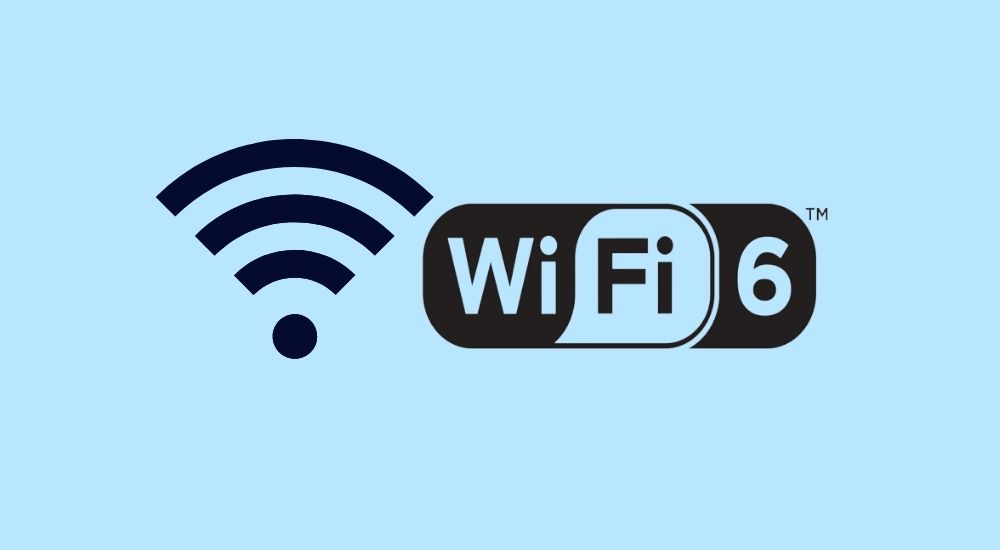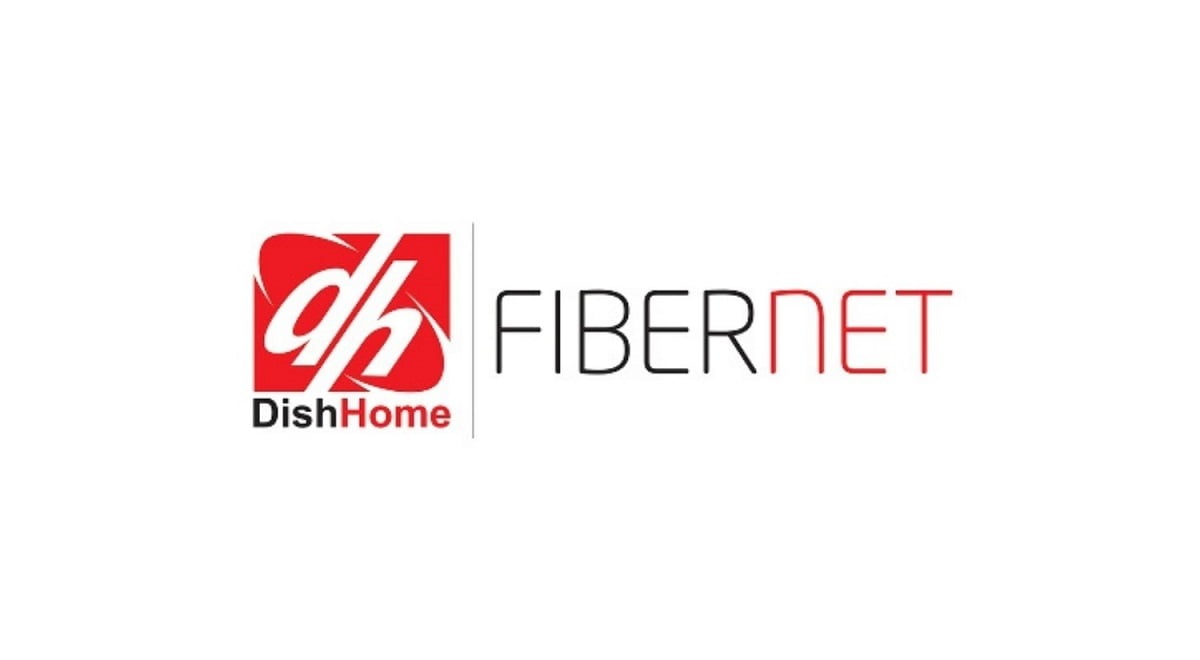In the evolution of Wireless standards, WiFi 6 is the next-gen WiFi 6 technology. Also known as 802.11ax and announced in 2019, WiFi 6 brings a higher substantial speed, less network congestion, multiple device connections, and more stability, among other improvements. If you are into streaming, online gaming, large file downloads, and smart home devices, WiFi 6 is here to meet all your needs in Nepal.
WiFi 6 succeeds over WiFi 5 and absolutely dwarfs it in performance. While a regular user won’t notice much difference in terms of speed, the improvement is there in the technology. The sixth generation of WiFi brings 1024-QAM, high bandwidth support, and uniform speed over multiple devices. In this post, we will discuss key highlights of WiFi 6 and help you understand how the next-generation wireless standard will bring more into our home’s internet connection.
WiFi 6 Key highlights
As stated above, WiFi 6 improves upon the widely existing WiFi 5 aka, 802.11ac standard. But with any wireless standards, the first and foremost asked is the speed capacity. So, how much speed does WiFi 6 deliver, or is capable of? Before we delve into key highlights, we will first begin with its speed capacity.
Blazing fast speed with 1024-QAM
WiFi 6 delivers up to 9.6 Gbps speed capacity. How is it possible? That is because it uses both 1024-QAM so it packs more bandwidth. But it must be noted that a regular user won’t get the maximum throughput capacity out of their routers. The normal life speed is influenced by various internal and external factors. But the thing is a much substantially higher download/upload is possible with each next-generation wireless standard. That applies to this wifi generation too.
One of the key features of WiFi 6 is that it introduces 1024-QAM. Long-form Quadrature amplitude modulation uses both phases and packs more bandwidth. Plus, it has a massive 160 MHz channel that provides a wider channel thus boosting further data transmission that makes your home WiFi much faster and more efficient over WiFi 5.
Don’t miss: NTA To Set Routers’ Minimum Specifications For More Efficient WiFi Connection
5 GHz band flexibility
The ability to switch between 2.4 GHz and 5 GHz is another key feature of WiFi. Although not the first time to WiFi 6, it is still something to highlight as it complements other better specs of this wireless standard.
Using a 5 GHz band connection allows for greater data transmission and is less prone to interference. Much of our household devices such as Bluetooth, cordless phones, and microwaves use the 2.4 GHz band. As traditional routers also operate in the same band, it is highly prone to interferences and downgrades in our WiFi speed. But having the option to switch over to 5 GHz gives WiFi 6 greater flexibility. It suffers far less interference and the performance upgrade can be massive. If you want to know how big a difference it makes, then visit this post.
| Wireless standard | Aka | Released date | Speed | MU-MiMo |
| WiFi 6 | 802.11ax | 2019 | 9.7 Gbps | 8 streams |
| WiFi 5 | 802.11ac | 2014 | 1.3 Gbps | 4 streams |
If you want to know how big a difference simply switching to a 5 GHz WiFi band makes, click here.
4x Longer OFDM symbol
For the first time in Wireless Standards, WiFiax brings Orthogonal Frequency Division Multiplexing, or OFDM, a signal modulation strategy. It divides a high amount of data into smaller carriers to deliver stable transmission. WiFi 6 uses a 4x longer OFDM symbol. The benefit is it becomes less prone to frequency fading. The result is better coverage and an 11 percent faster data rate plus reduced latency across all connected devices. If you are gaming, streaming, or syncing across multiple devices at a large distance from the router, worry not, the OFDM symbol in WiFi6 has its back for your connection.
8×8 MU-MIMO
Multi-user, multiple-input, multiple-output (MU-MIMO) technology works in tandem with OFDM. With it at its disposal, WiFi 6 enables access points to support multiple devices at a time. The technology came with WiFi 5 but only supported downlink mode. But WiFiax supports both downlink and uplink up to 8×8 MU-MIMO. This allows APs to deliver data transmission to 8 users concurrently.
160 MHz wider channel
As mentioned above, WiFi 6 gets a 160 MHz channel width which is wider by double against WiFi 5’s 80 MHz. The doubled channel width lets faster connections from the router to your devices. In tandem with OFDM and its increased throughput capacity, you can view 8K videos, and stream your videos flawlessly.
TWT, OBSS, and Focused Beams
Other features of WiFi 6 include TWT and BSS. TWT or Target Wake Time allows APs to manage activity in a WiFi network. If an AP is not sending or receiving data packets, they go into sleeping mode saving the battery of devices. Meanwhile, Overlapping Basic Service Sets or OBSS improves network congestion allowing for swift connectivity. Focused Beams in it can focus on a particular device or device to improve its speed and stability.
Check out: How to choose the best router for your home Wifi?
How do you get WiFi 6?
You don’t get WiFi 6 as a gadget itself. It is a wireless communication standard and comes in devices that have wireless connectivity. Most of the current devices you are using probably have WiFi 5 compatibility. But over the last two years, smartphones and laptops have already begun rolling out their products with WiFi connectivity. Apple’s iPhone 11, 12, and recent 13 series (iPhone 13 Pro Max), Samsung’s Galaxy S10, and newer devices like Samsung S22 Ultra, Huawei P40, and other devices have support for this 6th generation wireless standard.
And with WiFi 7 reportedly making its way out next year, it’s likely that most upcoming smartphones at least the high-end ones will have at least support for 802.11ax. Likewise, there is an enhanced version of WiFi 6 already announced that comes with an additional 6 GHz band. Follow this link to know about it.
WiFi 6 in Nepal
Fixed-line broadband has seen a revolution in Nepal. In a span of a few months, Nepal’s fiber broadband speed has shot from the usual 2 digits to 1 Gbps. This has included upgrades in not just speed but also the router segment. Already, major ISPs have largely begun upgrading the existing 2.4 GHz router to 5 GHz dual-band routers. So, we can expect WiFi 6 to become the norm soon.
Dish Home has started catering its 600 Mbps broadband plan with WiFi 6. Classic Tech has also teased the 802.11ax standard to complement its record-breaking 1,000 Mbps pack. We can expect other internet providers such as WorldLink, Subisu, and Vianet to follow suit too. Also importantly, most flagship smartphones and high-end laptops in Nepal have WiFi 6 compatibility. So, it’s just time before the next-generation wireless standard becomes widely available for our gadgets.
Related: Huawei Wifi 6 Routers Launched in Nepal | Find Price and Specs
Are you eager to try out the next-generation wireless connectivity on your devices? Feel free to share more about this in our comments section.













